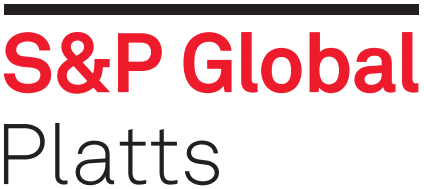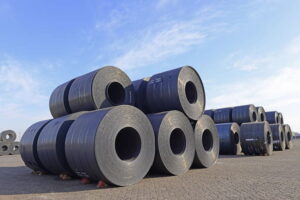
Following last year’s rocky road, the European flat steel industry should see an improving market environment in the second half of 2020, although headwinds are expected to linger until the middle of the year.
Margins at flat steel mills, stockholders and distributors were squeezed in 2019 following price drops of almost Eur100/mt for European flat products over the course of 2019. Import prices, which have risen to the same level as European domestic mills’ or even higher at times, have resulted in dire stretches for traders from the second half of 2019, while EU mills have not been able to lift prices substantially so far. At the same time, scrap and iron ore prices have increased.
Major customer groups such as the automotive and mechanical engineering industry softened following global trade disputes and Brexit uncertainty that resulted in investment delays. Further changes in combustion engine testing schemes have particularly hurt the German car industry, with implications for the entire supply chain.
While the automotive and mechanical engineering industries are not expected to have a bumper 2020 — with questions over structural changes within the car industry remaining — projections by trade associations as well as analysts are at least not forecasting further production decreases.
Automotive industry
ACEA, the European Automobile Manufacturers’ Association, said that from January to November 2019, new car registrations across the European Union were almost back at levels from one year ago, at a drop of 0.3%, because of a recovery in the last quarter of the year. However, four of the five major EU markets declined from January to November, according to ACEA, with Spain seeing a 5.7% decrease and the United Kingdom a 2.7% fall. Europe’s biggest market, Germany, was the only large market with an increase, rising 3.9%.
“The year hasn’t been great but we’re planning a 10% [volume] increase for 2020,” said a German supplier to the automotive industry.
Sources also highlighted that suppliers to the automotive sector are facing crunch meetings on long-term contract prices in Q1, squeezed between the automotives arguing for considerably lower prices than last year and EU mills not wanting to budge.
But also mills are going to face implications from the downturn in contract prices. “Until now we’ve been delivering on old price bases, now new ones are going to have an effect on balance sheets later this year,” a north European mill source said.
Mechanical engineering industry
German mechanical engineering association VDMA is expecting another production decrease of 2% this year following a 2% drop in 2019. However, the association said that the industry is expected to see production growth from the second half of this year in Germany as well as other European countries when delayed orders are set to be realized — if trade disputes between the US and China do not reignite.
“Our industry is not in crisis, but a lot of our customers are insecure and delay or stop their investments,” said VDMA president Carl Martin Welcker.
This view is being mirrored by flat steel market sources, who remain cautious on order situations from customer markets. In France particularly, ongoing strikes that have been hampering supply by rail since November are expected to continue into the first quarter of this year. “The anti-government protests and strikes are further factors to curb economic upturn,” said a German trading source.
Structural changes
Structurally, the flat steel industry has not seen the big changes it was expecting a year ago. The merger of the European steel operations of Thyssenkrupp and Tata Steel was called off mid-2019. Thyssenkrupp has since said it will undergo heavy restructuring, warning that “visibility” in 2020 would be limited for its trading arm and the steel division’s main customer, the auto industry.
Sources have also said that the failure of the Tata-Thyssenkrupp hook-up, which was expected to become a strong pricing power in the European market, fueled negative sentiment in the market and contributed to a drop in prices. The impending decision on the shutdown of Ilva’s blast furnace No.2 in Italy is further contributing to uncertainty at the beginning of this year.
On the back of strengthening Chinese steel prices and Turkey launching first steps towards an improving market environment, the question also remains if strengthening iron ore and scrap prices are more curse than blessing for mill margins in an environment that is lacking momentum.
Nevertheless, mill sources said that the order situation is not looking bad. “The beginning of the year is going to be bumpy, but real demand is not decreasing,” said a mill source.
— Laura Varriale




